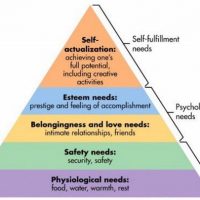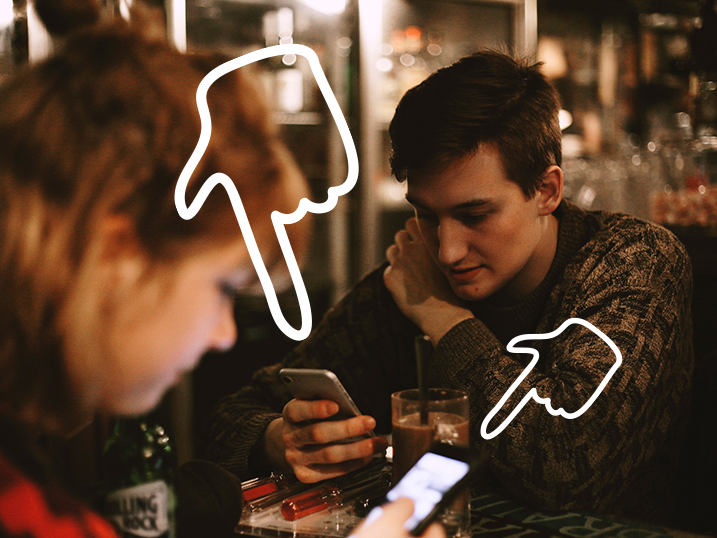 The mobile economy has reached a point where it aligns with the psychological theory of human motivation called Maslow's Hierarchy of Needs, according to a recent comScore report.
This theory explains human motivation in terms of five hierarchical tiers that represent different levels of priority.
The strongest human motivation involves basic survival, which takes precedence over all levels.
Once people fulfill their basic need for survival, their subsequent needs are: safety, psychological belonging and love, esteem, and finally, self-actualization.
The mobile economy has reached a point where it aligns with the psychological theory of human motivation called Maslow's Hierarchy of Needs, according to a recent comScore report.
This theory explains human motivation in terms of five hierarchical tiers that represent different levels of priority.
The strongest human motivation involves basic survival, which takes precedence over all levels.
Once people fulfill their basic need for survival, their subsequent needs are: safety, psychological belonging and love, esteem, and finally, self-actualization.
Mobile Devices and Psychology
Here's how comScore ties this to mobile devices and the apps that run on them:The degree to which categories are ‘mobile first’ can be aligned with human need states from Maslow’s Hierarchy of Needs. The concept of ‘"mobile first" is no longer exclusive to technology-focused businesses and consumers, and is the default position for a growing number of Internet users, who now spend the majority of their digital time on smartphones and tablets. Although dominant, the share of consumer audiences and time on mobile devices is unevenly distributed between categories, demographics and geographies. International markets follow paths of digital evolution based on combinations of global and local influences.If at first you find it a stretch to connect mobile devices with everyone's basic need for survival, try searching for food in Google's App Store -- or Apple's for that matter. The search results you see have a tremendous amount of localization -- particularly the ones for deliveries. That's a lot of apps!
Look at China
China actually aligns better with the hierarchy of needs concept since the entire nation became "mobile first" in 2015 -- meaning they make more purchases via mobile devices than computers.
As of 2016, about two-thirds of all Chinese purchases made electronically happened via mobile devices, according to Euromonitor International. This added up to a total of $450.3 billion in mobile-based purchases, and about 70% of it was goods (as opposed to services).
China accounts for 58% of the world's mobile commerce -- and Chinese consumers together have about 1.1 billion mobile Internet subscriptions. China is also the world's largest market for e-commerce, which is expected to reach $5.8 trillion by 2020 in the country.
By that year, the connection between mobile devices and survival might become clearer in more parts of the world -- and perhaps more parts of the world might earn "mobile first" status. In the meantime, the infogrpahic below provides additional clarity about the subject. Please let us know what you think about it in the comments section.

P.S. -- If you liked this post, you might find our app of interest. Please click here to learn more about it.


 Notifications
Notifications 

